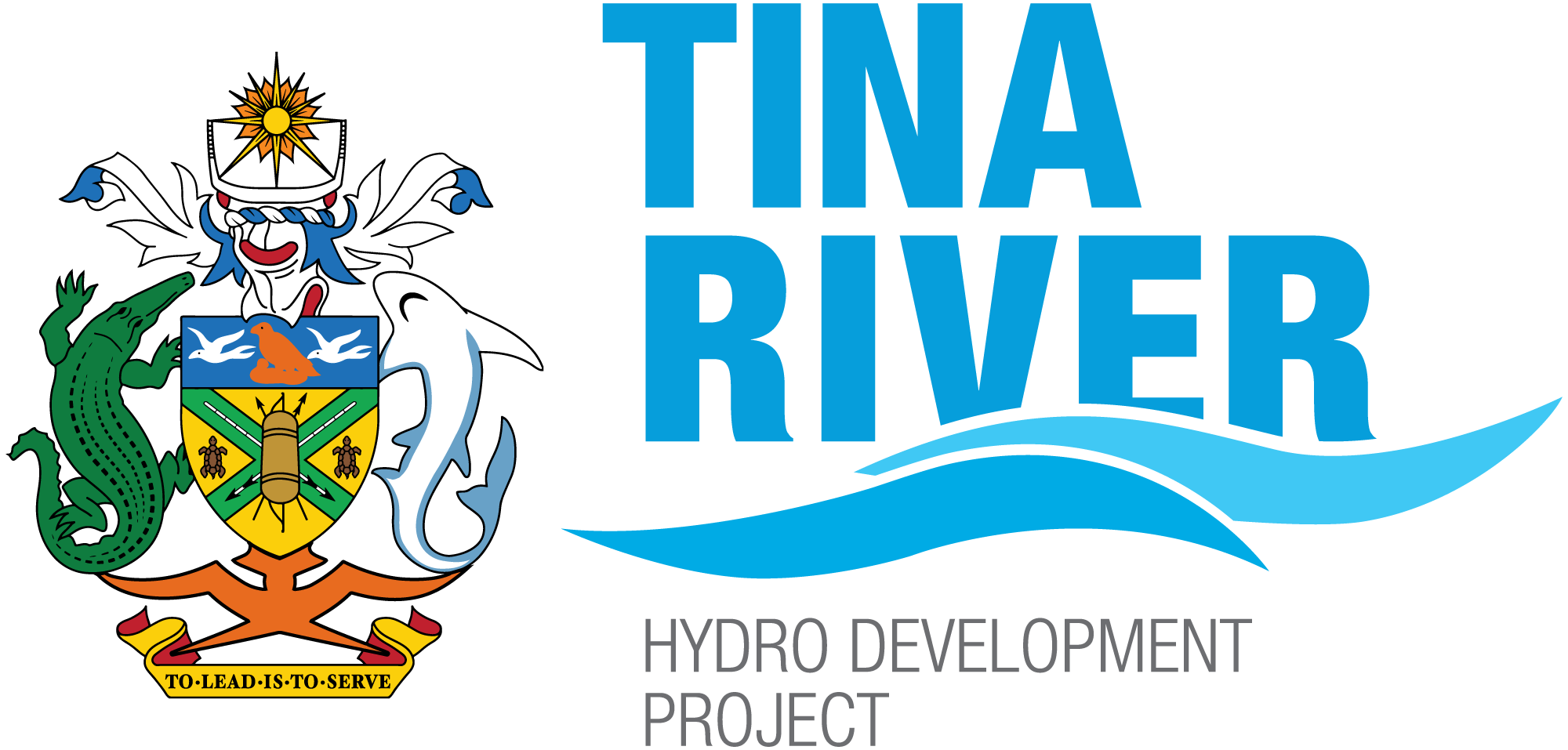What are the primary benefits of the project?
Reduce the cost of electricity for the people of the Solomon Islands
- The cost of electricity in Solomon Islands is among the highest in the world – at US$0.82/kW – almost double the average for the Pacific Islands region.
- When completed and up and running, electricity delivered through Tina River Hydropower Project, has the potential to significantly reduce the price of electricity and lessen reliance on expensive imported diesel. This will make accessing electricity more reasonable for the population which in turn can lead to an increase in the electrification rate, particularly for households.
- Individual households, public and private enterprises, will have the opportunity to apply the savings to other uses such as education and business expansion.
Expand the amount of renewable energy available in the Honiara grid to 70%
- Only about 16 percent of the population of around 600,000 people have access to the grid.
- The project eventually aims to provide 68% of electricity demand for the capital Honiara by 2025, and provide Solomon Islands with reservoir capacity, giving flexibility to the power system to enable higher penetration of PV power without the need for large and expensive energy storage or diesel generators.
Use natural resources to produce reliable and sustainable energy source
- Solomon Islands is nearly 100 percent reliant on diesel power as a source of electricity leaving the island nation exposed to global oil price volatility and local air pollution.
- Studies conducted also show that using Hydropower for Tina is a less expensive energy source than other energy projects under consideration, e.g. geothermal and solar energy. Hydropower is also the most economically sustainable option in the long term.
- As Solomon Islands moves towards a cleaner, more sustainable energy future, having a mix of energy sources is the best solution for Solomon Islands; one which includes hydro, solar and battery storage.
Reduce greenhouse gas emissions
- With a 15 MW installation the project will lower the cost of electricity for Solomon Islanders and will also pave the way for the country to exceed by two and a half times its 2025 greenhouse gas emissions reduction target.
- SIG’s INDC is to reduce GHG by 18,800 tons of carbon dioxide equivalent (tCO2eq) per year by 2025 and by 31,125 tCO2eq per year by 2030. With an installed capacity of 15 MW, TRHDP is expected to annually generate, on average, 78.35 GWh of clean renewable energy to displace equivalent amount of energy to be generated by current and future diesel generators.
More affordable electricity also means improvements to schools, health clinics and other public infrastructure which will provide better services and opportunities for the people in the Solomon Islands.
- The project aims to support Solomon Islands’ efforts to greatly increase access to a reliable electricity which means hospitals, clinics and schools in the rural areas where 80 percent of the population lives will have access to modern electricity – creating new opportunities in health, education, ICT and business.
- Business activity at a national level is expected to grow with investment enabled by significant electricity cost savings.
